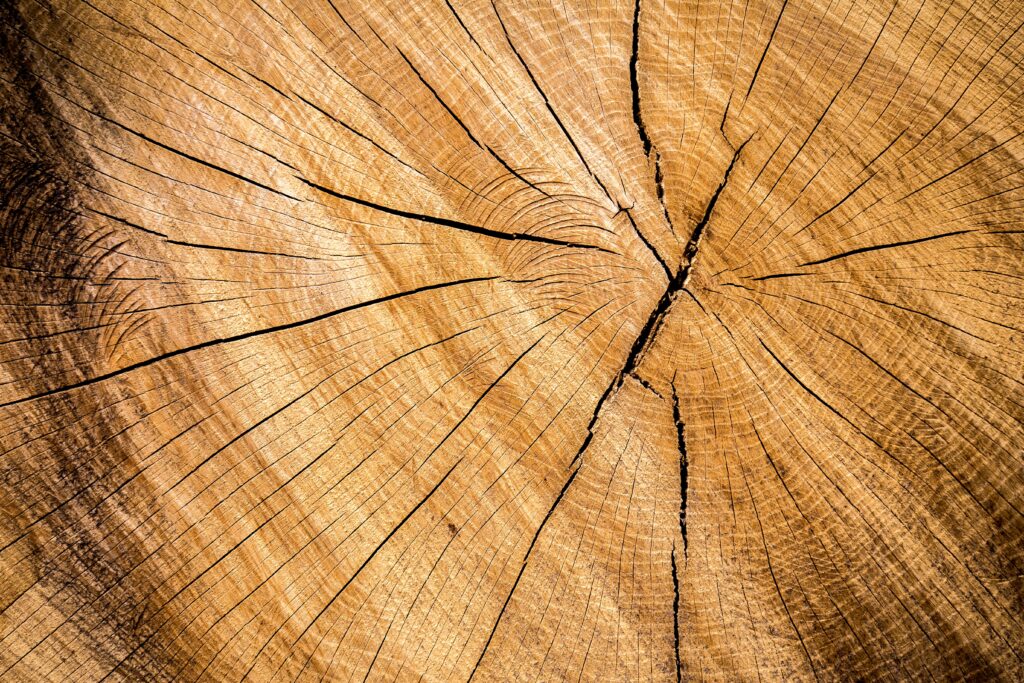Dendrology is the scientific study of trees, including their identification, classification, and overall understanding. This fascinating field encompasses various aspects of tree biology, ecology, and forestry, providing valuable insights into the world of trees and their significance in our environment.
Why Study Dendrology?
The study of dendrology holds immense importance for several reasons. Firstly, trees are essential components of our ecosystems, playing vital roles in carbon sequestration, oxygen production, and providing habitats for countless organisms.
Understanding trees and their characteristics allows us to better appreciate their ecological contributions and the impact they have on our planet.
Secondly, dendrology plays a crucial role in forestry and natural resource management. By studying trees, we can identify different species, assess their growth patterns, and make informed decisions regarding sustainable logging, reforestation efforts, and forest conservation. This knowledge is instrumental in maintaining the health and longevity of our forests.
What is a Tree?
To understand dendrology, it’s essential to grasp the concept of a tree. A tree is a perennial woody plant that typically has a single, elongated stem called a trunk, which supports branches, leaves, and reproductive structures.
Trees are characterized by their height, canopy structure, and root system, which allow them to efficiently capture sunlight, extract nutrients from the soil, and withstand various environmental conditions.
The Classification of Trees
The classification of trees involves categorizing them into different groups based on their shared characteristics. Taxonomists use various criteria, including morphology, genetics, and reproductive features, to classify trees into different families, genera, and species.
This classification system helps scientists and researchers organize and understand the vast diversity of tree species found across the globe.
The Identification of Trees
Identifying trees is a fundamental aspect of dendrology. It involves recognizing and distinguishing different tree species based on their specific characteristics, such as leaf shape, bark texture, branching patterns, and reproductive structures.
Field guides, botanical keys, and technological advancements like smartphone apps have made tree identification more accessible and convenient for enthusiasts and professionals alike.
Which Term Describes the Study of Tree Rings?

The study of tree rings is known as dendrochronology. Dendrochronology involves analyzing the growth rings found in the cross-section of a tree trunk to determine its age, as well as to gather valuable information about past climate conditions and environmental changes.
By studying tree rings, scientists can develop chronologies, reconstruct historical events, and gain insights into long-term ecological patterns.
Dendrology is an intriguing field that delves into the study of trees, encompassing their identification, classification, and exploration of various ecological aspects.
By understanding trees and their intricate relationships with the environment, we can better appreciate their significance, contribute to sustainable forestry practices, and gain valuable insights into our planet’s history and future.

